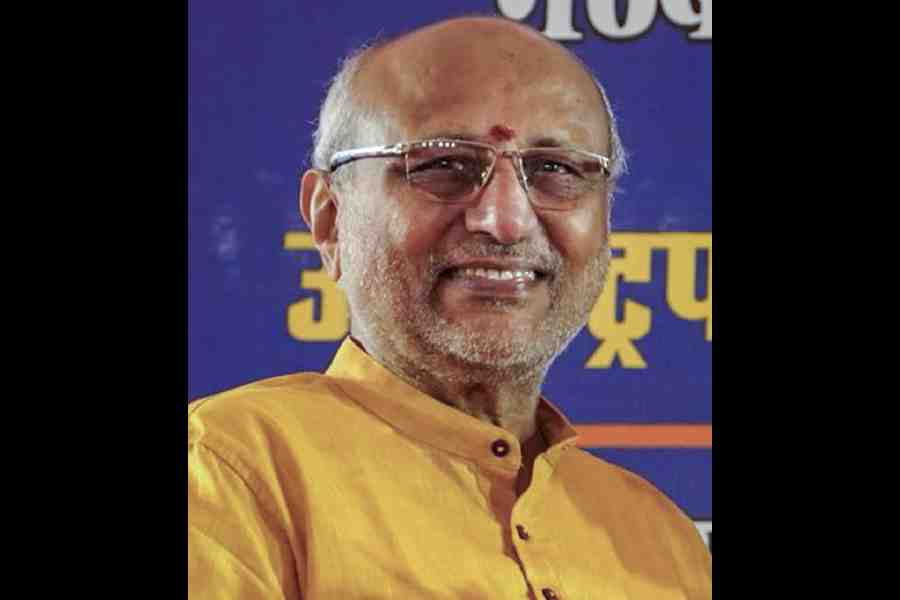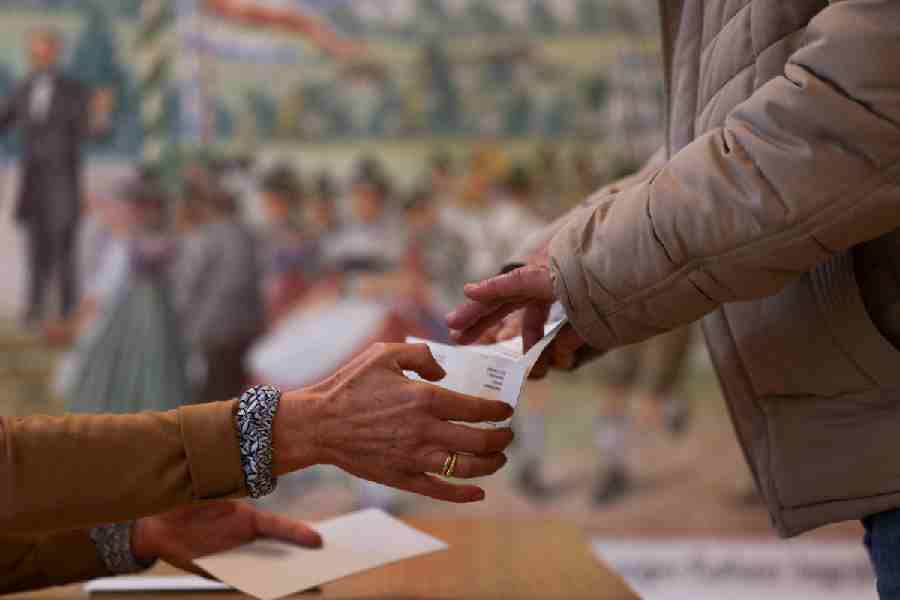 |
| Resurgent creativity: An untitled graphic at the tribute to Rome?s Via Margutta |
Corrado Cagli (1910-1976), one of the most dynamic cultural organisers in the inter-war era in Italy, said: ?Paris has its Montparnasse, New York its Greenwich Village and Rome its Via Margutta?. In fact, Via Margutta in the 1950s was the hub of all cultural activities and resurgent creativity ? the centre of La Dolce Vita and the Studio d?arte Novella Parigini, a favourite haunt of such film personalities as Marlon Brando, Sophia Loren and her future husband Carlo Ponti. In post-war Rome at the time, to own a bicycle, we are told, was a great luxury ? a fact that inspired the book Ladri di biciclette by Luigi Bartolini (a master of graphic art), from which the homonymous film by Vittoria De Sica was made. One could go on adding many more incidents of film directors and actors, painters and writers, musicians and composers flocking to the city and gravitating invariably towards No. 53B of Via Margutta where stood Movella Perugini with its flat named The Seventh Sky.
Small wonder, the Consulate General of Italy in Calcutta has taken the initiative to present, at the Seagull Arts and Media Resources Centre, a pictorial tribute to Via Margutta, now only a ?tiny cobbled street with overhanging vines and greenery,? and still known in Rome as the ?street of the artists?. The drawings, lithographs and etchings on view, ably curated by Remo Rapetti, enable Calcutta?s aficionados to have a glimpse of Italian engravers of another age ? I. Bartolini, C. Cagli, G. Capogrossi, A. Ciarochi et al, and Renzo Vespignani (b. 1924), the youngest of them all.
Two sculptors and five painters recently showed their oeuvres at the Academy of Fine Arts. There was evidence of originality in several works of ?Only Seven?. Purnima Sil fashions her vision of nature?s different shapes and colours. Her trees show fruits and flowers, each delineated in a colour which is suggestive of its inherent trait. Sharmistha Basu, on the other hand, symbolises humanity in terms of contrasting as well as harmonious shapes of things or human faces.
Arunava Mondal tries to reckon with both as constituting a composite world together suffused with loneliness and distance. Subhash Karmokar, however, shows a visual world of abstract shapes that have a tactile quality, while Korak Bhaumik is inspired into artistic action by sudden impulses like those occurring in nature in the shape of unpredictable phenomena. The bronze sculptures created by Debraj Rudra Paul and Sukanto Karmokar (Murder of Education) show the relationship of finite objects with open-ended space surrounding them.
An accomplished painter in the naturalistic tradition, Sadhan Sen Gupta held an exhibition of his paintings at Chemould Art Gallery. The painter, a product of the Government College of Art, explores the content of ?love, loneliness and the mystery of existence?, in a manner that does not differentiate one from the other. Few artists seem to have succeeded in weaving the beauties of daily, life, involving women and children, into the gloriously illuminated (sometimes by using simple lanterns as the source of light) fabric of life without making the all-too-familiar scenes look mundane. The backdrop or foreground in Sen Gupta?s compositions is almost invariably colourful, seeming to unify nature and womanhood in one frame. Paradoxically, all this is picturised ?realistically?.










